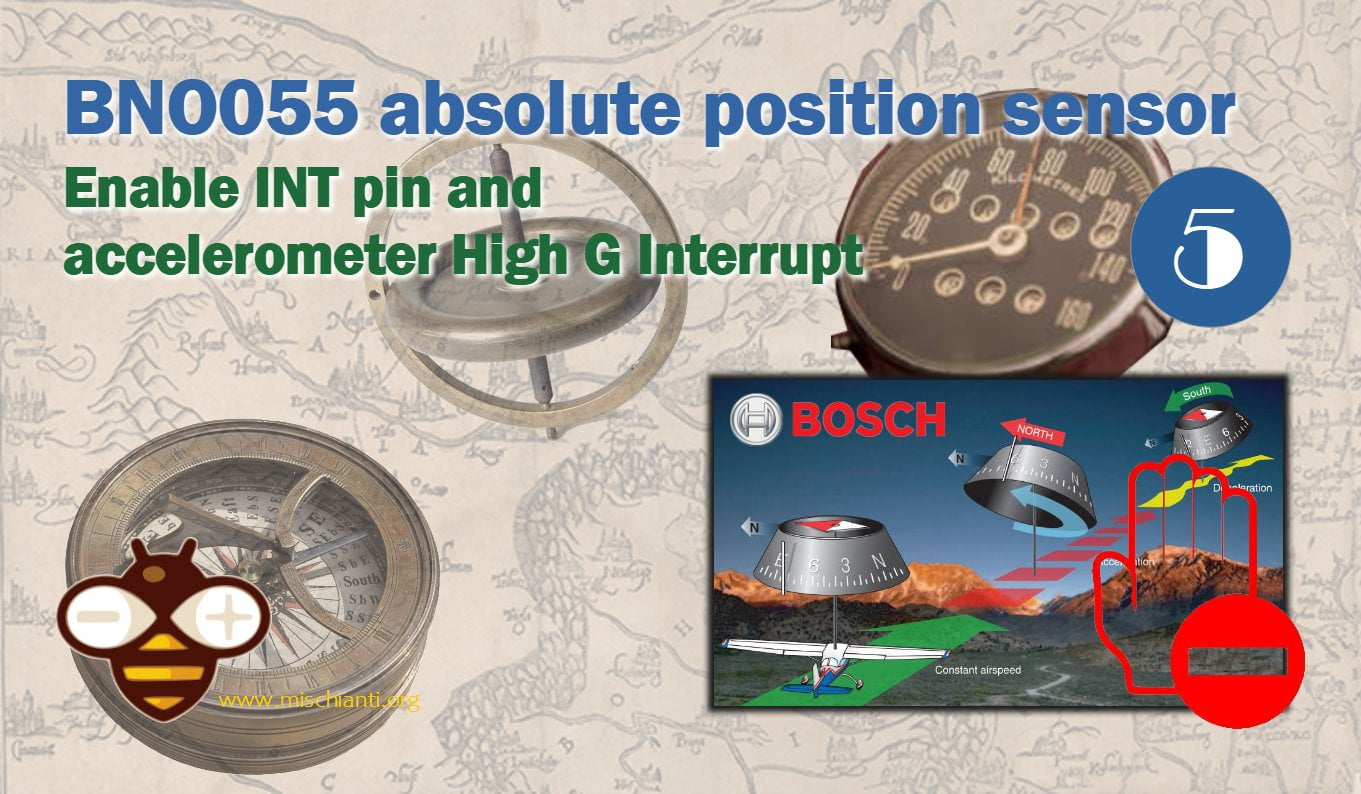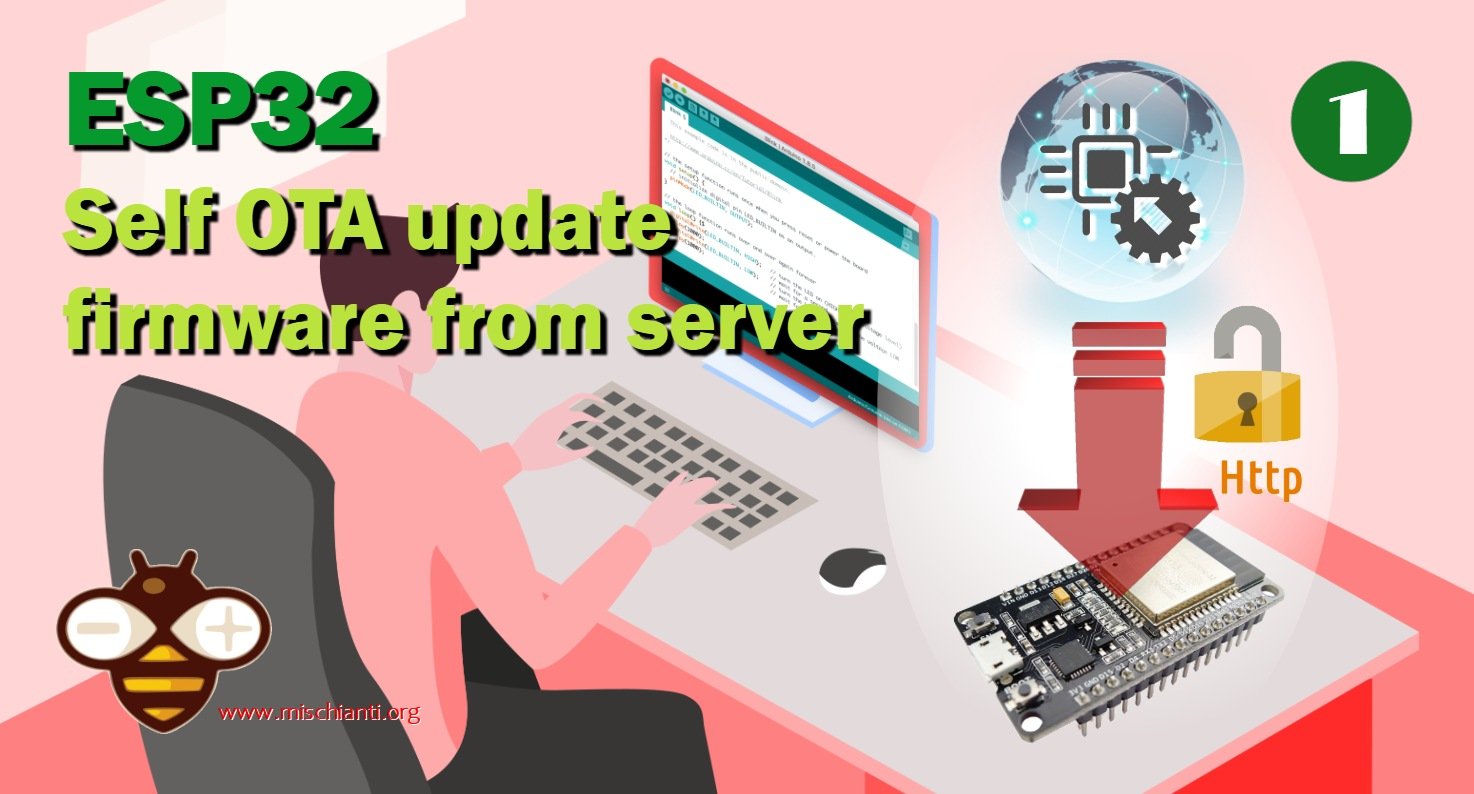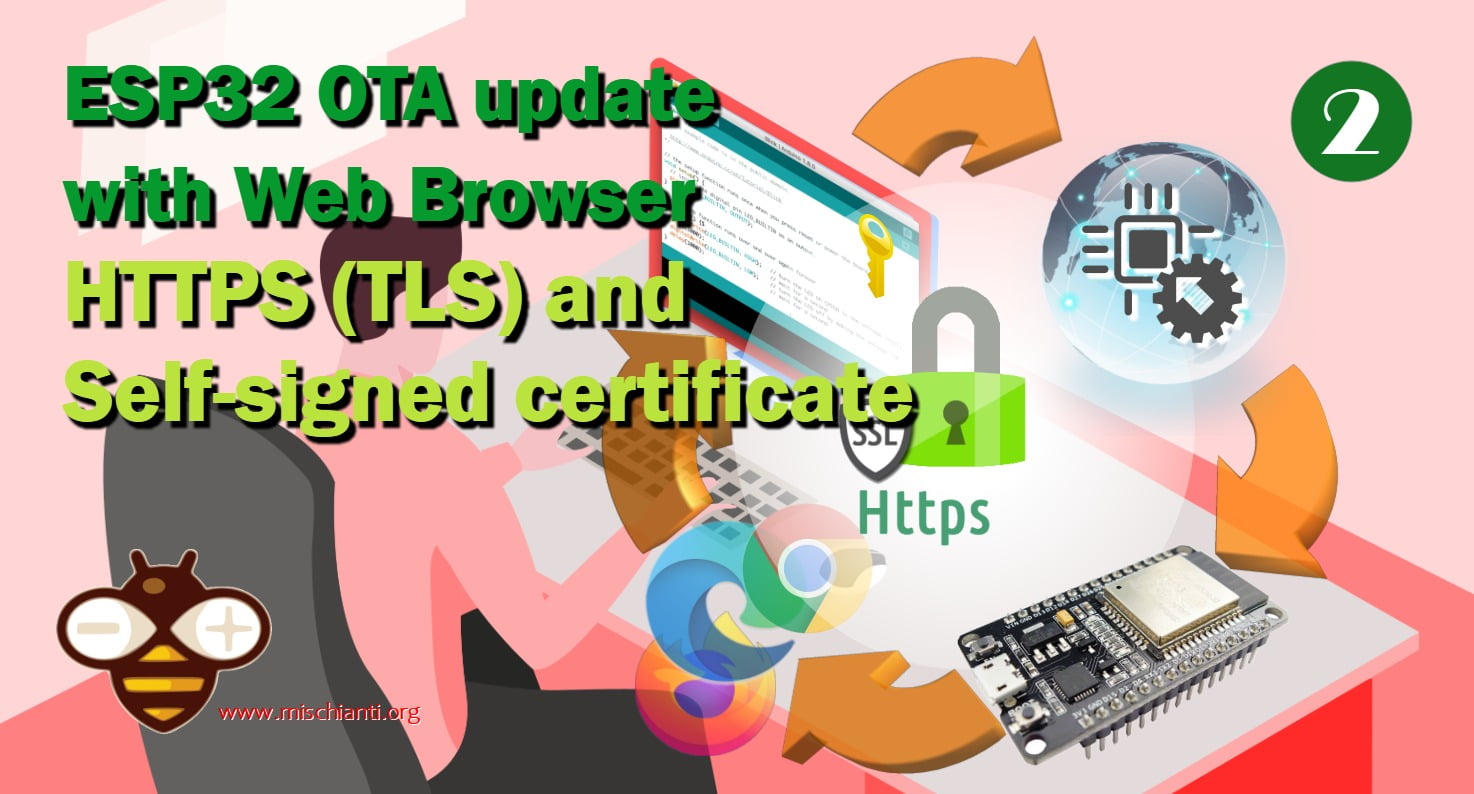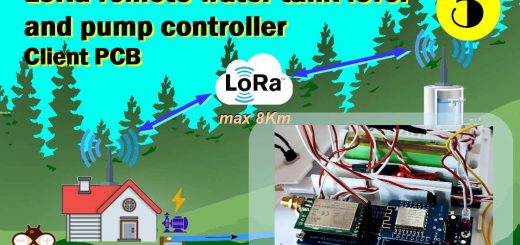Building and programming PiCar-X: getting started with your robot car
Building and Programming Your PiCar-X: A guide to getting started with your robot car using EzBlock programming language. Learn how to assemble the parts, program your PiCar-X using drag-and-drop blocks, 3D print a simple LED holder to add lights to your car, and create a blink example. Also, learn how to use a button to turn the LEDs on and off, as well as control the camera.

















